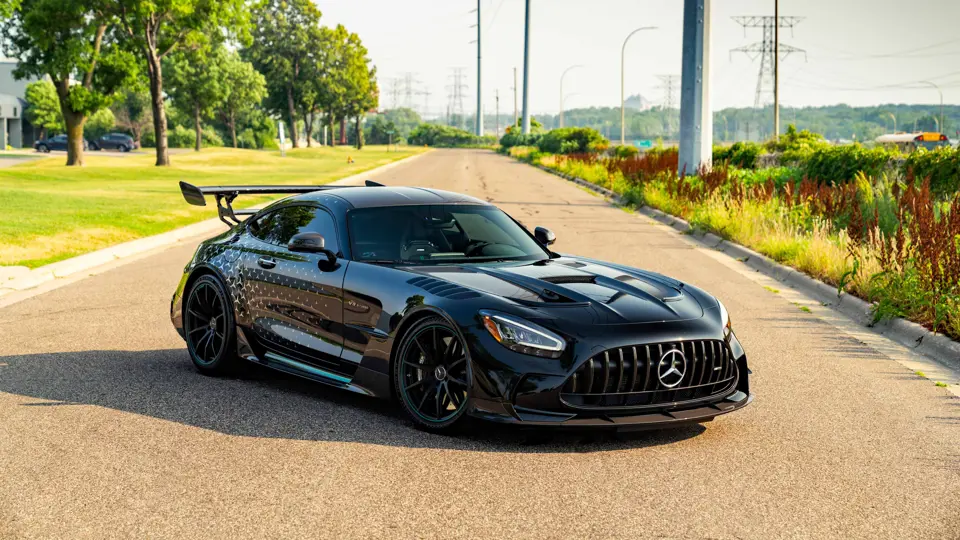Insuring a real race car is both challenging and expensive, with numerous factors influencing its insurability. In fact, insurance companies analyze gigabytes of data to assess whether a vehicle qualifies for coverage.
However, we’ve condensed the key elements they consider: the level of danger, cost, potential harm to others and their property, and the owner’s ability to pay often judged based on the type of car they choose.
For instance, one person may hire professional drivers for their $300,000 Rolls-Royce Phantom, while another might attempt to jump their $80,000 Tesla Model S for a YouTube stunt. Now, which one would you insure?
Some surprising insights have emerged! Most insurance companies impose a cap on how much coverage they provide for exotic car owners and their vehicles.
Meanwhile, classic cars fall into an entirely different category, frequently classified as “assets.” This means that a Ferrari GTO, which sold for $43,000,000, may actually be easier to insure than some of the cars on this list.
Additional factors influencing insurability include a vehicle’s newness, crash test results, and statistical data elements that only insurance analysts can truly assess.
For vehicles valued at several hundred thousand dollars or more, you can’t simply rely on popular insurance providers like the gecko or Flo.
And trust us, we received an overwhelming number of spam calls when we tried! Instead, obtaining coverage often requires negotiating with multiple companies especially if you financed one of these high-risk cars.
Having a lienholder can be the ultimate dealbreaker, making the last car on this list almost 99% impossible to insure!
10. Porsche 911 GT3 RS
This track-focused machine can actually be insured for as little as $430 per year if the owner has a flawless driving record, doesn’t race, and fully owns the vehicle.
However, since that scenario is almost unheard of, a driver with even a single minor infraction could see their premiums skyrocket to as much as $5,000 per year, according to Quote Inspector.
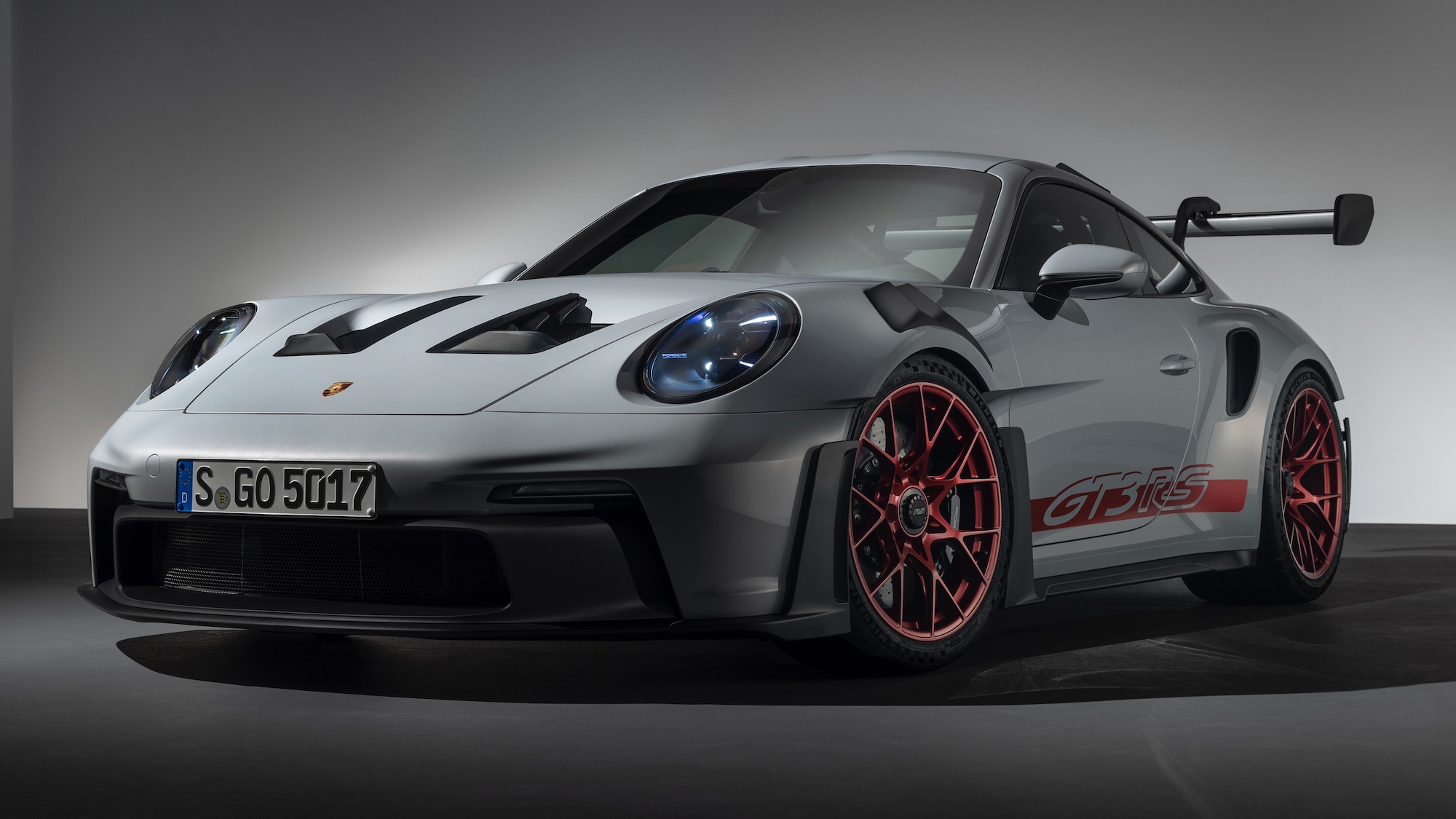
The people who drive a GT3 are a diverse and unpredictable group. Some might be 60-year-old enthusiasts enjoying occasional track days, while others could be young lawyers using it for their twice-a-week commute.
If full coverage is available, the national average cost is around $2,440 per year ($203 per month).
However, if you’re in Michigan, prepare to pay a staggering $3,650 $1,550 above the U.S. average! On the other end of the spectrum, Virginia offers the lowest average premium at just $1,260.
9. Mercedes-Benz S-Class
The Mercedes-Benz S-Class, including models like the S450, is an exceptional luxury vehicle. With a starting price of $94,250 and a respectable 362-horsepower engine, it might not seem like an obvious contender for this list.
However, while insurance companies keep their algorithms under wraps, it’s easy to infer why this car comes with such a steep price tag for coverage. Owners face a high-risk insurance premium of $4,458 per year.
The S-Class caters to a specific demographic: those who prioritize comfort, style, and safety primarily older drivers. When the average owner age exceeds 50, insurance costs tend to increase.
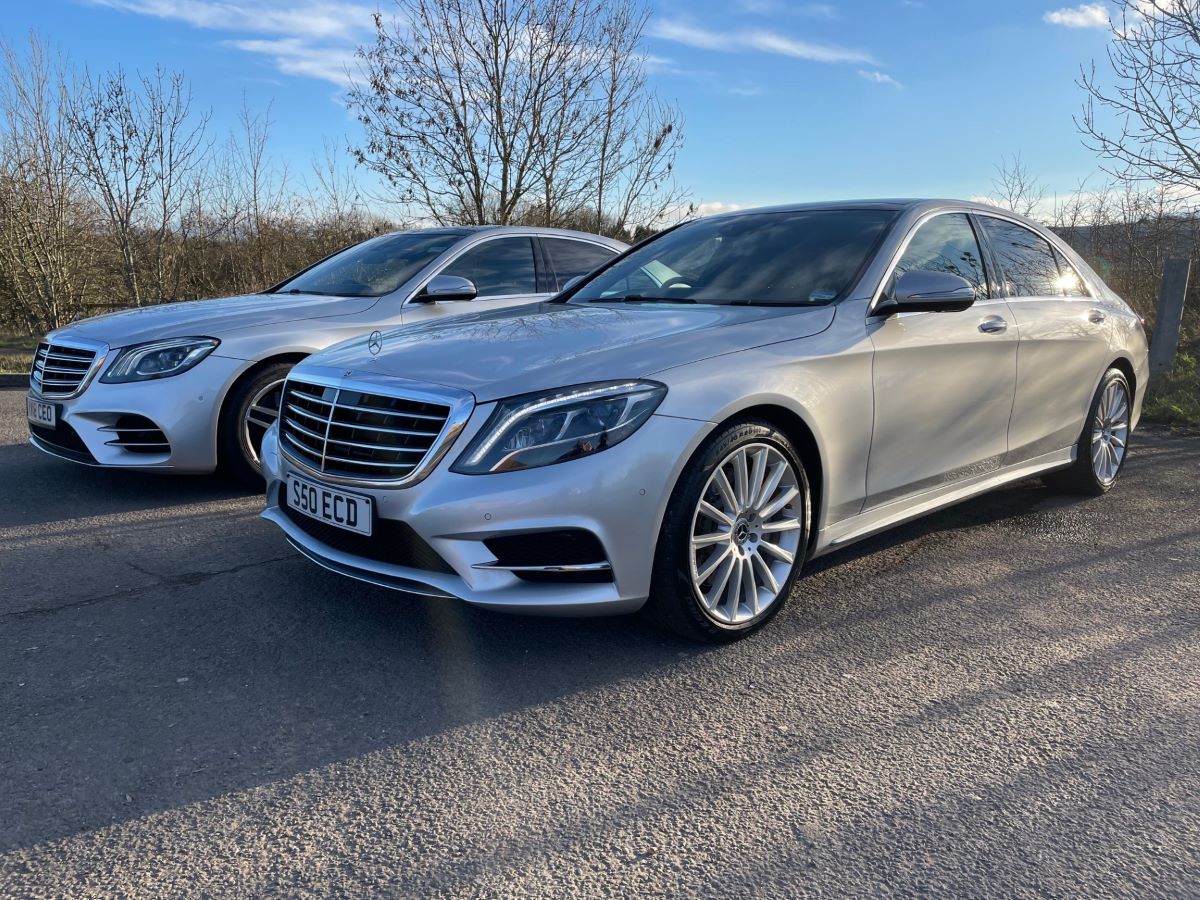
Younger owners might expect better rates, but many of them have teenagers at home, which can drive premiums even higher.
If a teenager is added to the policy, the insurance cost can spike to an eye-watering $7,238 per year. Having driven one of these cars as a teenager, it’s easy to understand the risk.
The S-Class is a smooth, luxurious ride that can make drivers feel disconnected from the road sometimes leading to overconfidence behind the wheel.
8. Maserati Ghibli
Maseratis, as Italian luxury vehicles, are notorious for their lack of reliability. Despite having a lower starting price than an S-Class at $76,200, the Ghibli stands out as a sportier and rarer option.
It serves far better as a status symbol than as a “business write-off” or “commuter car.” Some argue that insurance companies seem to have more insight than they should but that’s just the nature of the business.
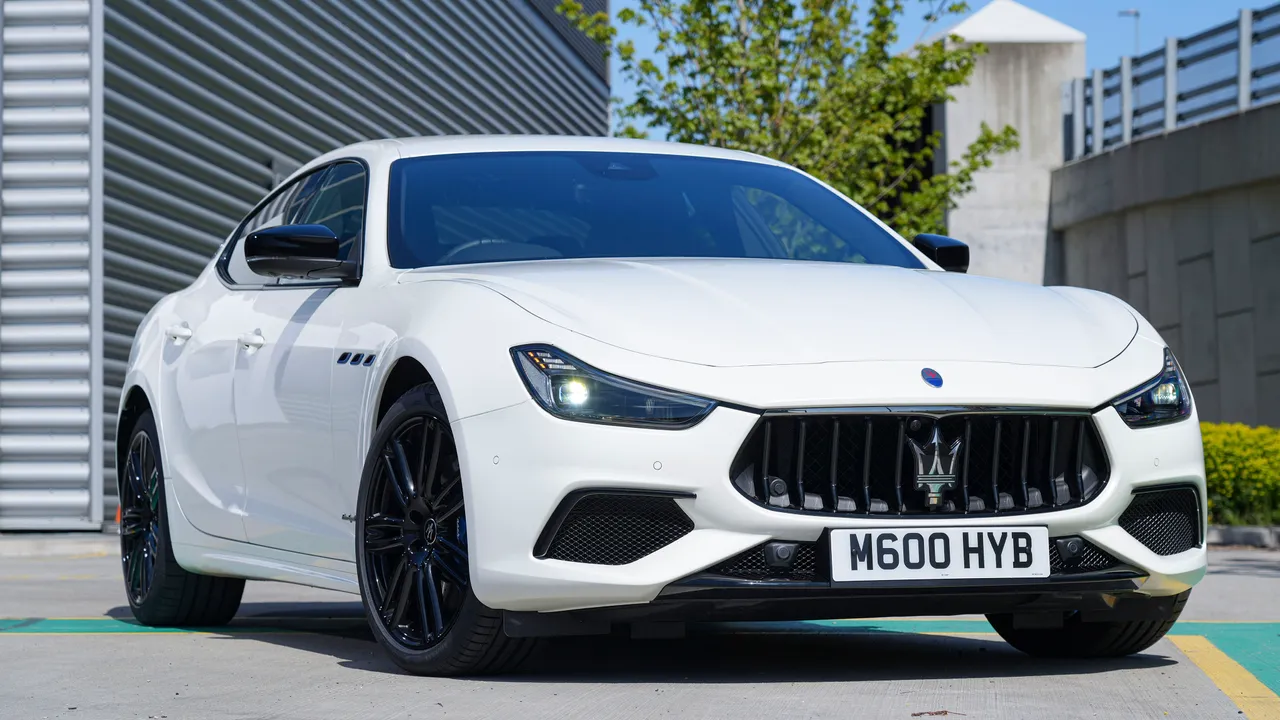
With their vast algorithmic expertise, insurers seem to recognize that, regardless of appearances, Maserati drivers are inherently riskier.
A likely factor is that the Ghibli is Maserati’s entry-level model, making it more accessible to buyers who may not be as financially stable as those opting for higher-tier luxury vehicles.
So, how much does it cost to insure a 580-horsepower Italian trident? A responsible driver can expect to pay around $3,800 per year.
Also Read: 10 Most Powerful Supercars Coming This Year Delivering Extreme Performance and Innovation
7. Nissan GT-R R35
The Nissan GT-R is often perceived as a refined, sophisticated vehicle preferred by individuals with a 950 FICO score who spend their days golfing. Of course, that’s completely false.
The legendary “Godzilla” stays true to its JDM heritage and remains one of the fastest production Japanese cars across multiple performance metrics.
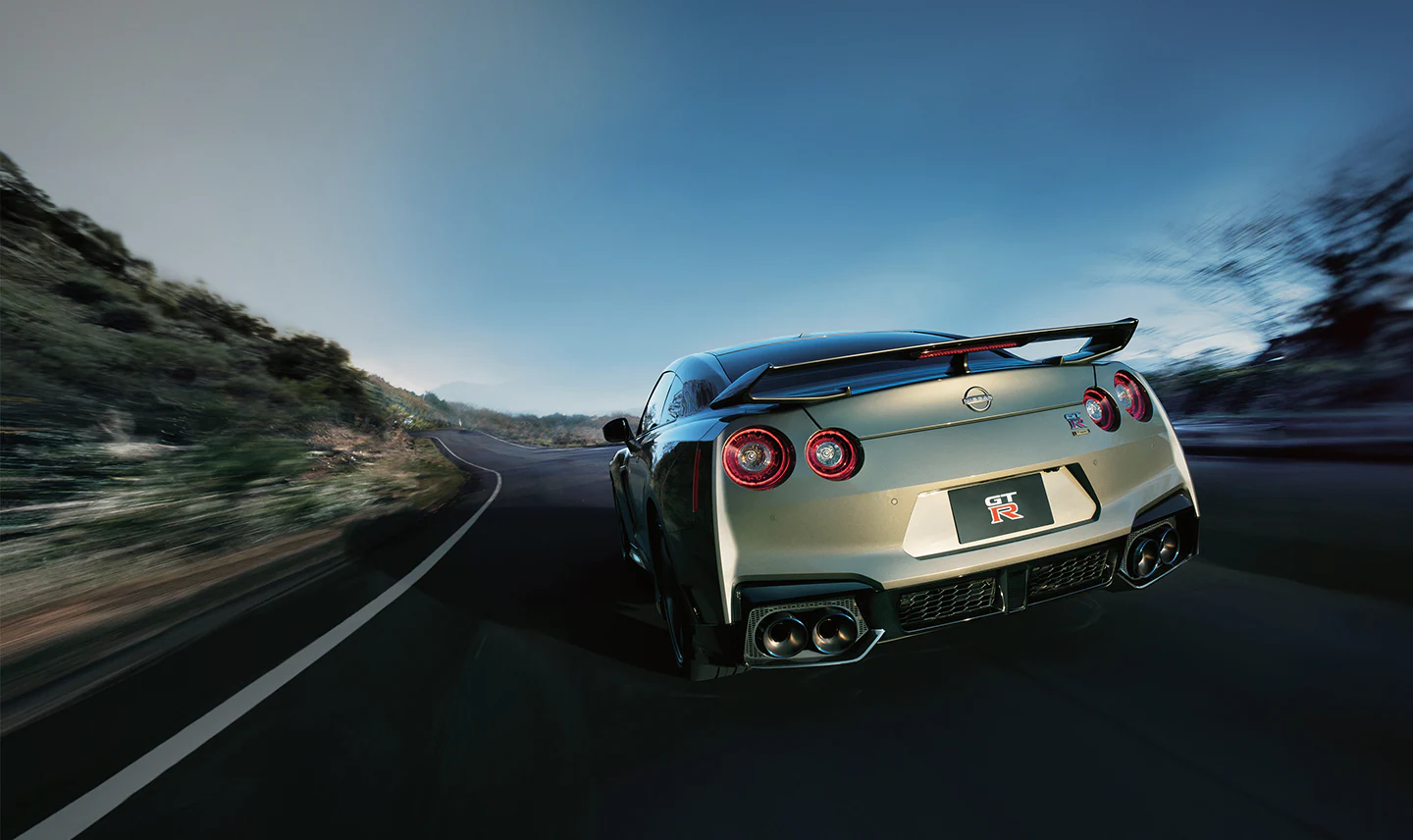
Given its monstrous nickname, you might assume the GT-R would be inexpensive to insure. However, many owners tend to heavily modify and race their vehicles, driving up insurance costs significantly.
Collision coverage alone averages $1,020 per year, while full coverage for drivers with more than two tickets in the past six years can climb to $4,290 annually. If a teenager is added to the policy, expect an eye-watering premium of $6,904 per year or about $575 per month.
6. Tesla Model S Plaid
Let’s lay out the facts: people are already crashing these due to the unconventional yoke steering wheel, the initial models were recalled because of fire risks, and most importantly it’s incredibly fast.
Even with a price tag of $130,000, the real concern is that this 4,766-pound vehicle can essentially become a high-speed projectile, accelerating from 0 to 60 mph in just 1.89 seconds.
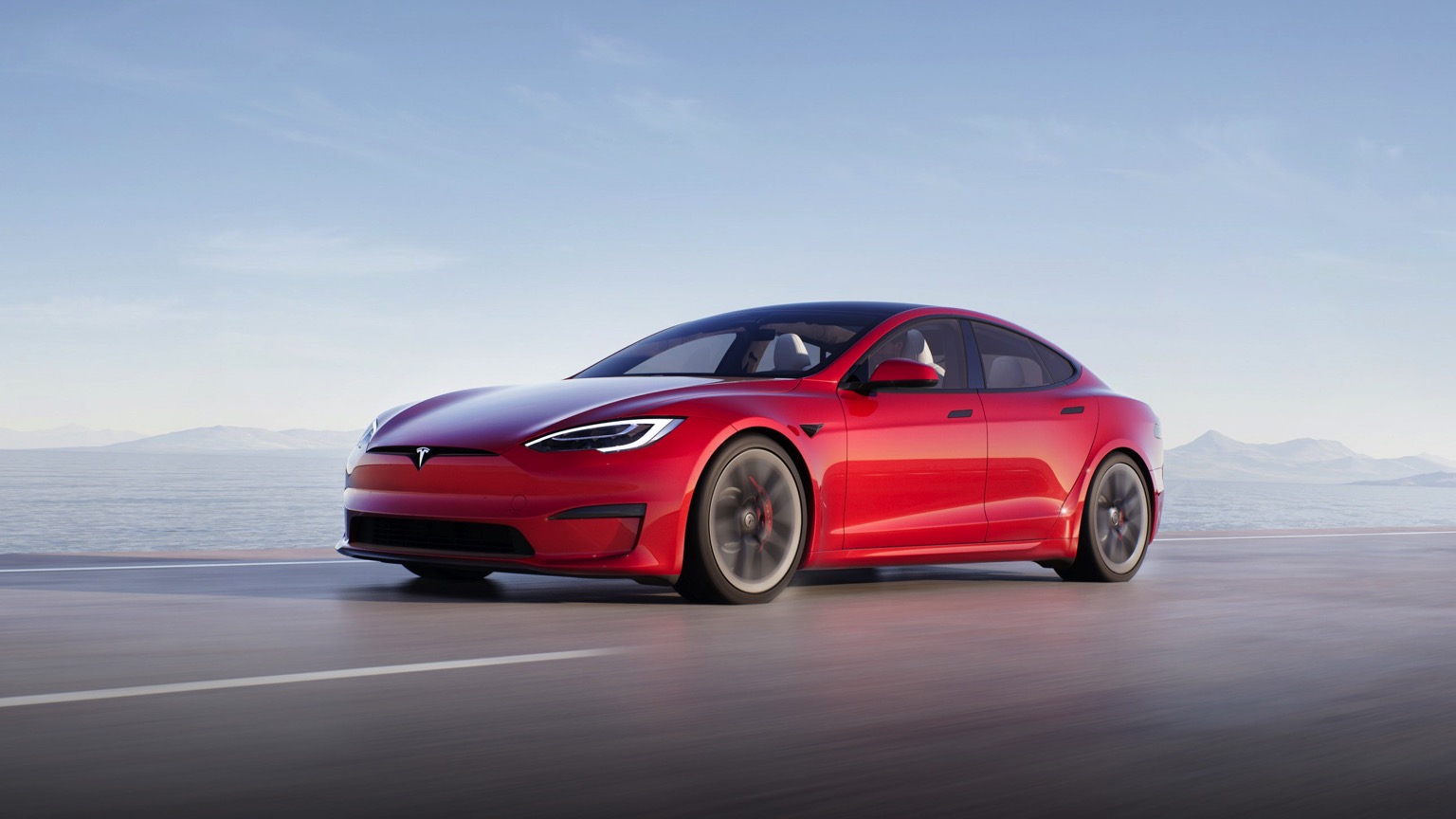
The primary insurance challenge isn’t covering the car itself it’s the liability risk. The Model S Plaid’s mix of affordable high performance and quirky features, like built-in fart sounds, attracts younger buyers, including YouTubers and recent college graduates.
This significantly increases the likelihood of reckless driving and accidents. So, how much does it cost to insure? On average, expect to pay $4,143 per year, or roughly $345 per month. If that’s not a clear warning against buying one for your teenager, then what is?
5. Mercedes-AMG GT
It should come as no surprise that a record-setting production car on the Nürburgring carries additional insurance risk.
This rear-wheel-drive powerhouse not only outperforms all-wheel-drive competitors like the Porsche 911 GT3 RS and Nissan GT-R but also demands exceptional skill to handle safely.
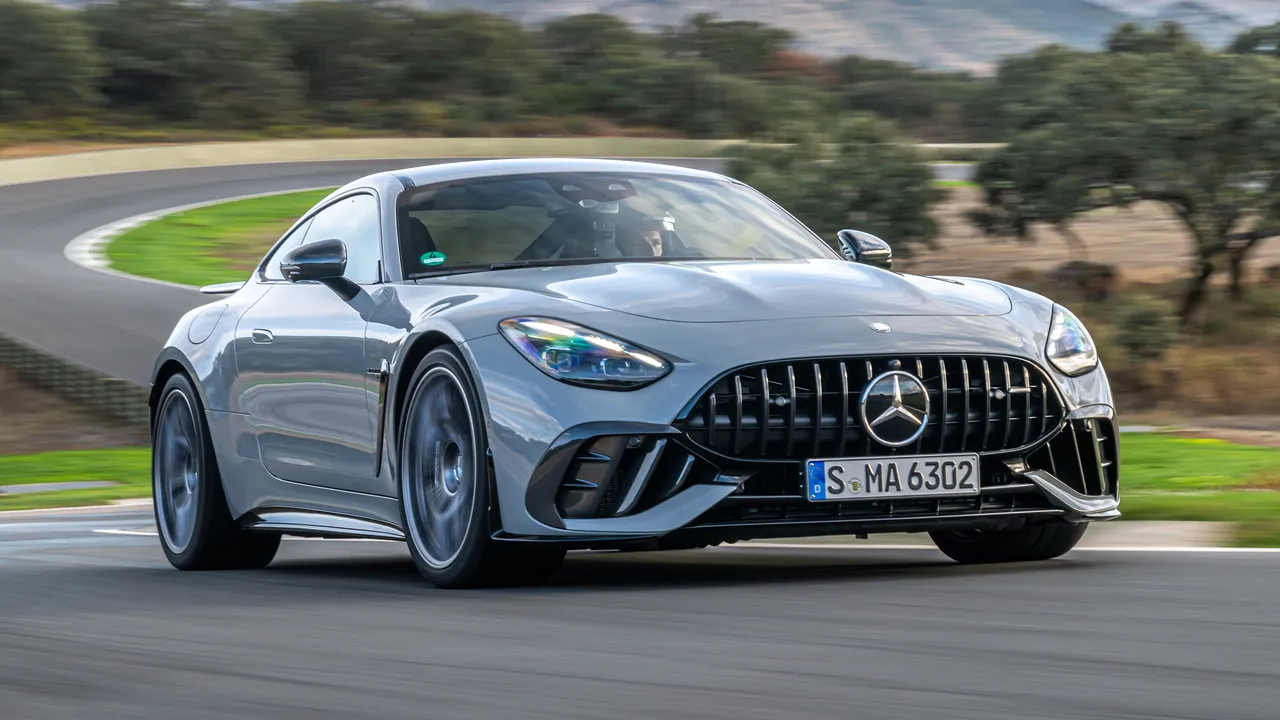
Based on experience, these cars are highly prone to fishtailing at the slightest provocation. Add in its aggressive styling and two-door design, and it’s no wonder the AMG GT has earned a reputation as a magnet for attention.
The harsh reality is that finding a true purist sports car with minimal weight and maximum risk that won’t raise red flags with insurers is nearly impossible.
The starting point for coverage is at least $2,500 per year. But if you have teenagers in the household or worse, allow them behind the wheel let’s just say… don’t.
4. BMW i8
The BMW i8 earns points for its rarity. It was an exciting concept when it made its big-screen appearance in Mission Impossible: Rogue Nation, but in terms of sales, it never quite lived up to the hype.
Whether it was due to its hybrid complexity or over-engineered design, the BMW i8 simply didn’t fly off showroom floors. Out of the 20,465 units produced, only about three-quarters were sold making it an uncommon sight on the road.
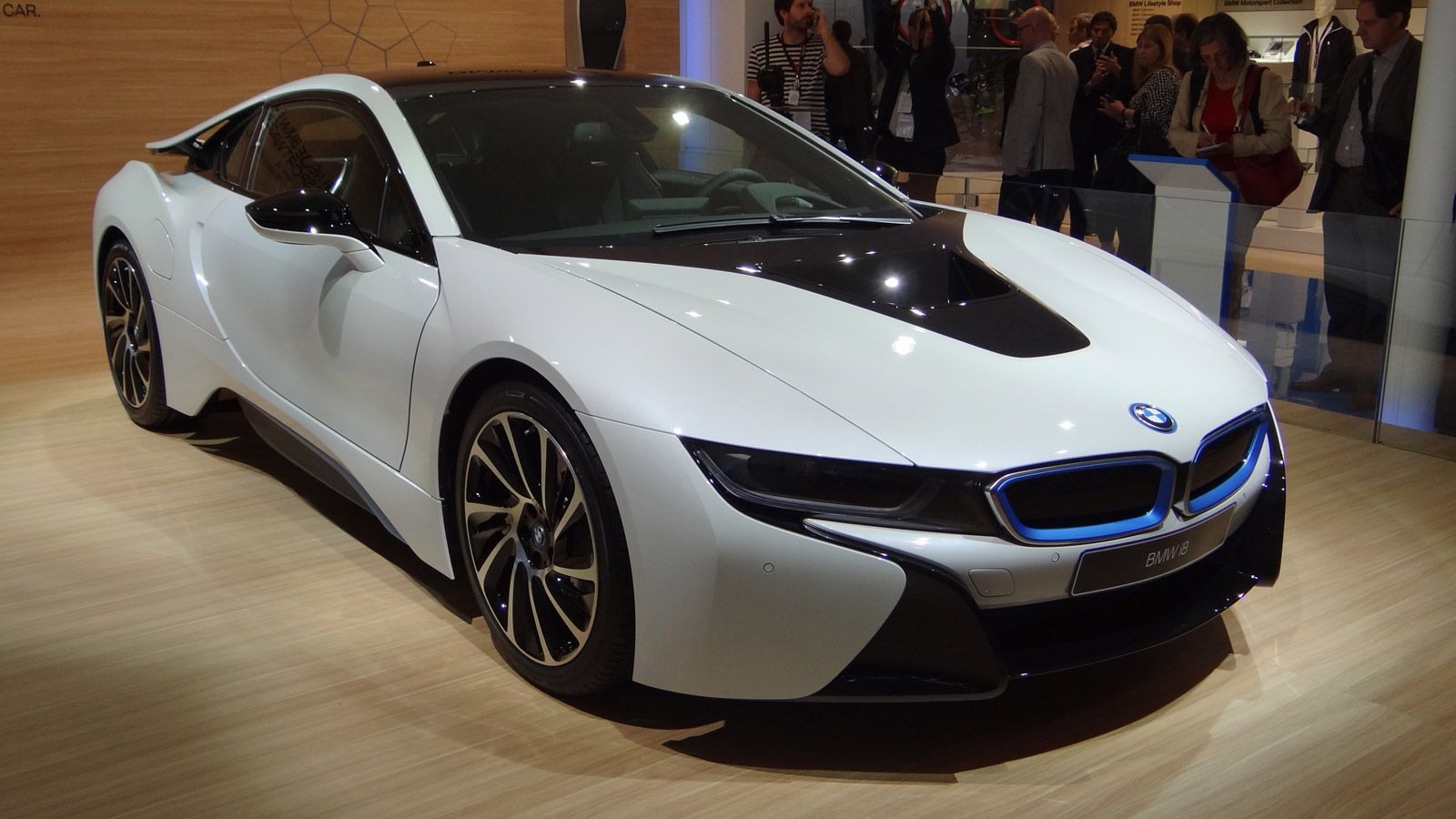
Insuring a rare and irreplaceable vehicle comes with its own set of challenges. One option is “collector’s insurance,” which allows owners to set a predetermined reimbursement value in case of an accident though this usually means limiting how often the car can be driven.
Meeting the minimum requirements for collision coverage under this type of policy is typically manageable.
However, if you intend to use your i8 for regular commuting, expect to pay upwards of $400 per month to insure this futuristic BMW with its signature gullwing doors.
3. Audi R8 (V10)
So… you want to feel like Iron Man? Well, that superhero lifestyle comes with an Avengers-level insurance premium! The V10-powered Audi R8 (because, let’s be honest, no one’s talking about the other version) is one of the riskiest yet relatively “affordable” supercars on the market.
Sharing its engine with the Lamborghini Huracán, the R8 delivers mid-engine racecar thrills—but that also makes it incredibly difficult to insure.
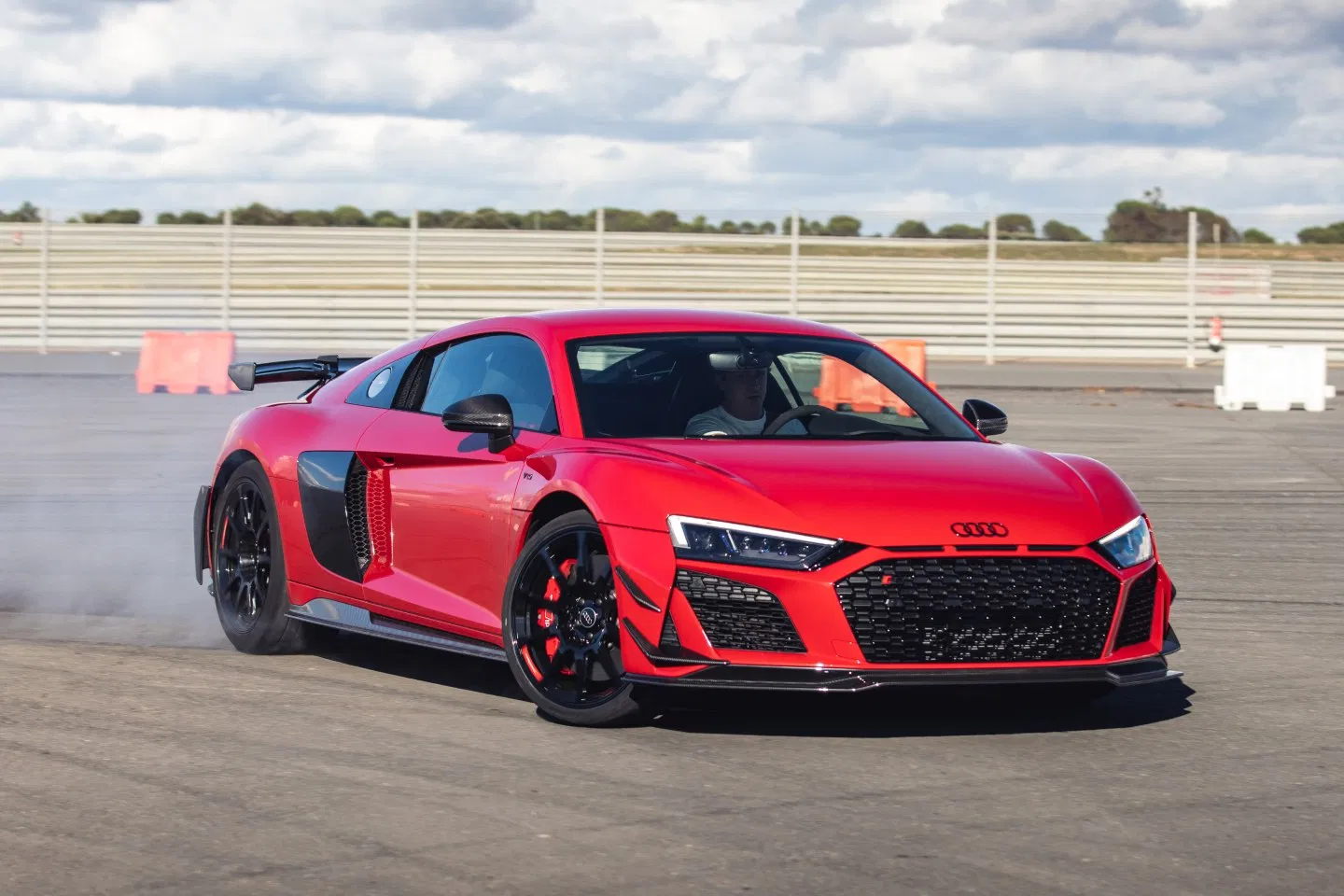
With a price tag ranging from $180,000 to $220,000, insuring an R8 will cost you a hefty $3,000 or more per year. A significant portion of that $1,350 is allocated solely to collision coverage.
Given that these high-performance machines are typically owned by the young at heart, it’s no surprise that accidents are an all-too-common occurrence.
2. Maserati Quattroporte
While there are certainly more expensive cars that belong to an entirely different insurance tier, the Maserati Quattroporte is one of the last in the line of high-risk, costly, and aggressively driven luxury sedans.
At just over $100,000 MSRP, it isn’t the priciest supercar on the market, but its twin-turbo Ferrari V8 may very well be the root (pun intended) of its insurance woes.
After all, what could possibly go wrong with 580 horsepower being delivered to all four wheels through an Italian-designed powertrain?
The reality is that the Quattroporte embodies the classic traits of an unpredictable, high-maintenance Italian machine.
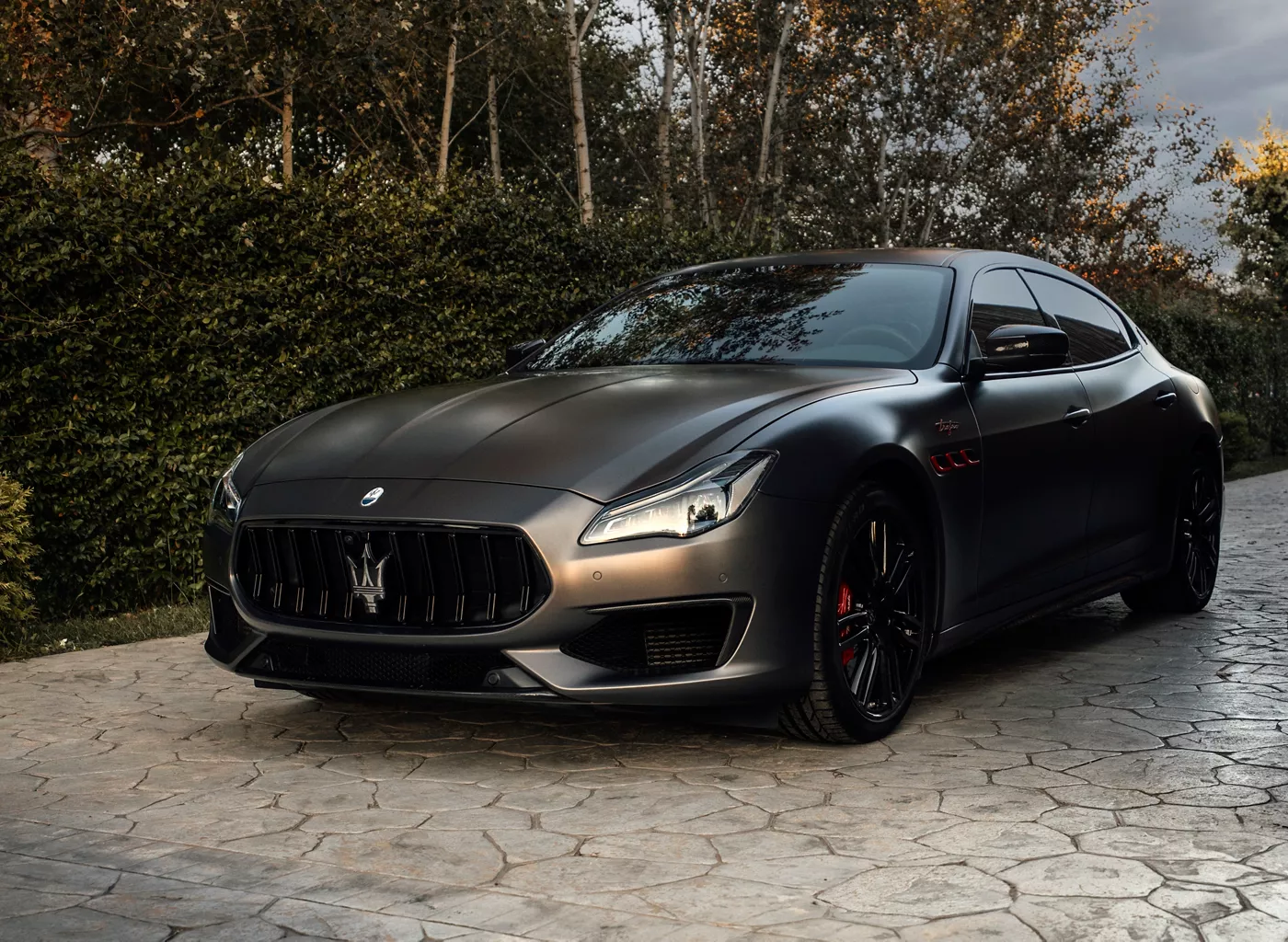
It’s not the kind of car you’d typically keep in a collection, use for weekend trips with the grandkids, or drive to your accounting job unless you’re doing quite a bit of accounting.
The average annual insurance premium for this Maserati comes in at a staggering $5,024!
However, if you’re a teenager or have a history of traffic violations, expect to pay upwards of $10,500 per year a staggering cost for any luxury sedan. But that begs the question: how does it compare to true supercars?
1. Bugatti Chiron
Now, we enter the realm of true supercars! While similarly exotic models from brands like Pagani and Koenigsegg may have comparable insurance costs, the Bugatti Chiron sits at the very top of the “collector’s car insurance” category.
This type of insurance means you aren’t driving the car daily, and no traditional insurance company will cover its full value.
Instead, policyholders agree to specific coverage limits based on minimum liability and collision, with the option to select uninsured motorist coverage if desired.
If you plan to keep the car stored in a garage for most of the year, you might be fortunate enough to pay as little as $500 per month.
However, typical insurance costs range between $6,000 and $20,000 annually. The liability coverage, however, is almost never set higher than $500,000 by insurance providers.
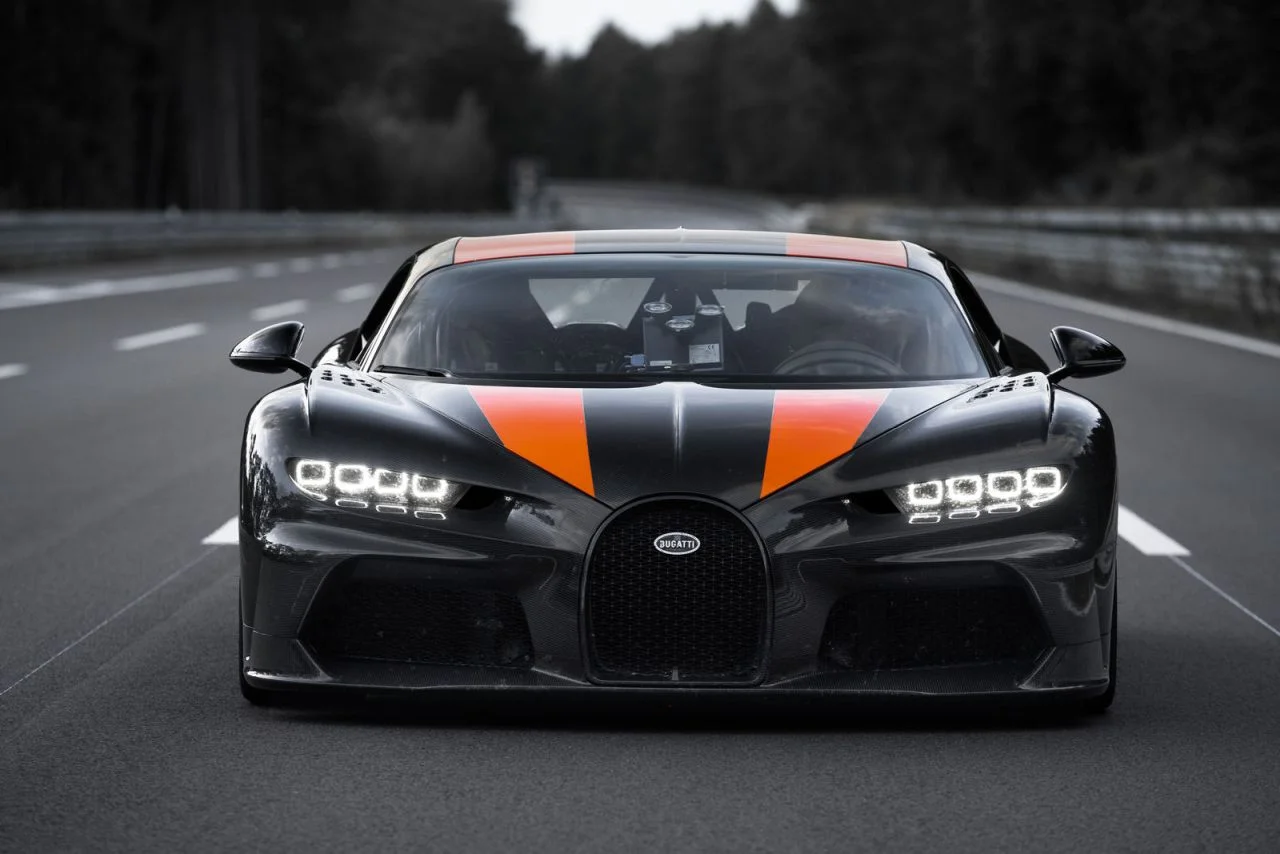
But what if you actually want to drive your Chiron to work every day? Finding an insurance provider willing to cover it might be nearly impossible but there’s always the option to self-insure!
Many ultra-wealthy car owners take this route, meeting specific state requirements or depositing the necessary cash with the DMV to fulfill minimum coverage mandates.
Also Read: Best Car Insurance Companies for Affordable Coverage
If pure self-insurance isn’t permitted in your state, you can still use a cash deposit to significantly lower deductibles.
This way, driving your Hennessey Venom on a snowy freeway to work each morning becomes, at least financially, a surprisingly practical decision!

